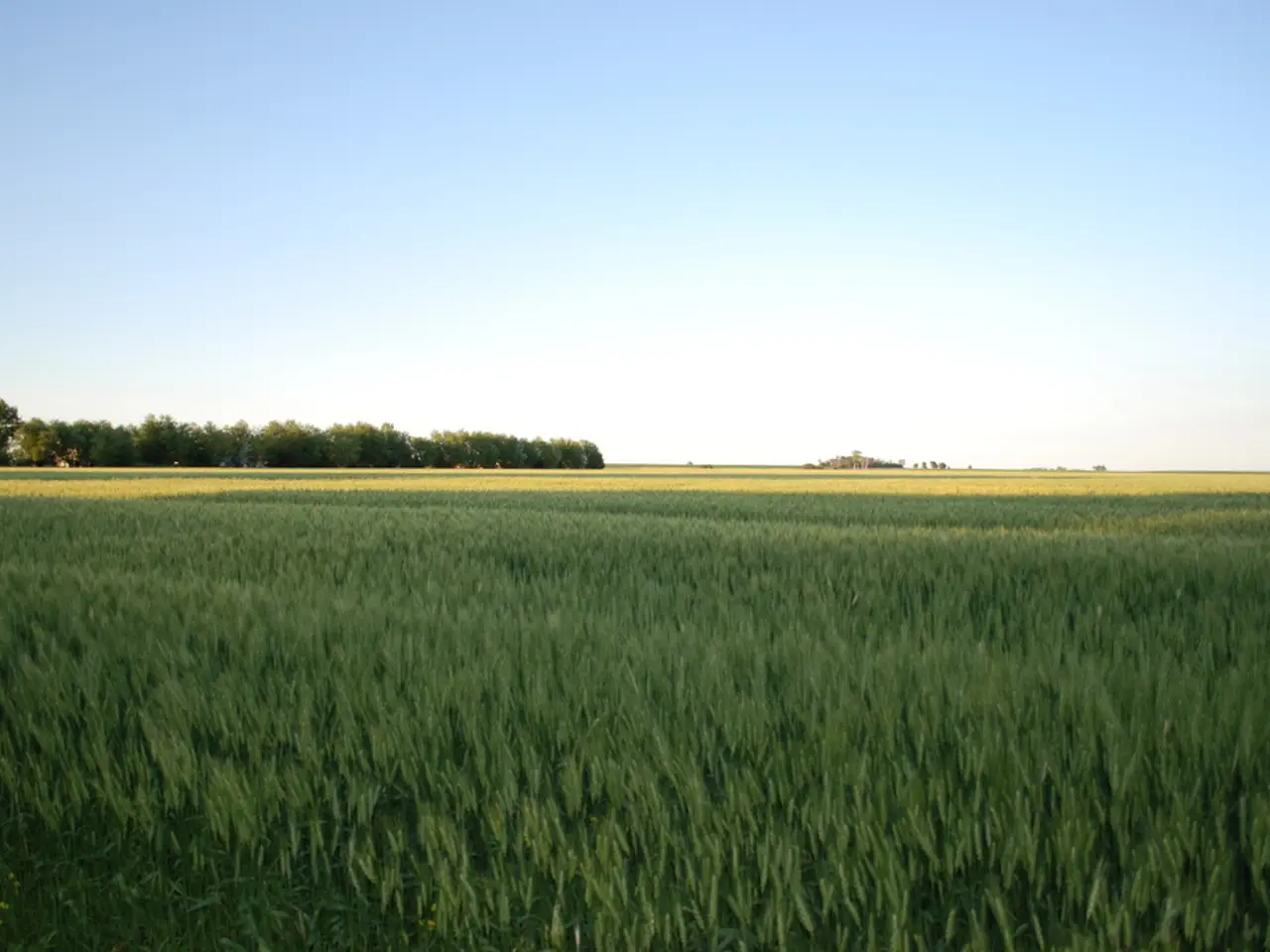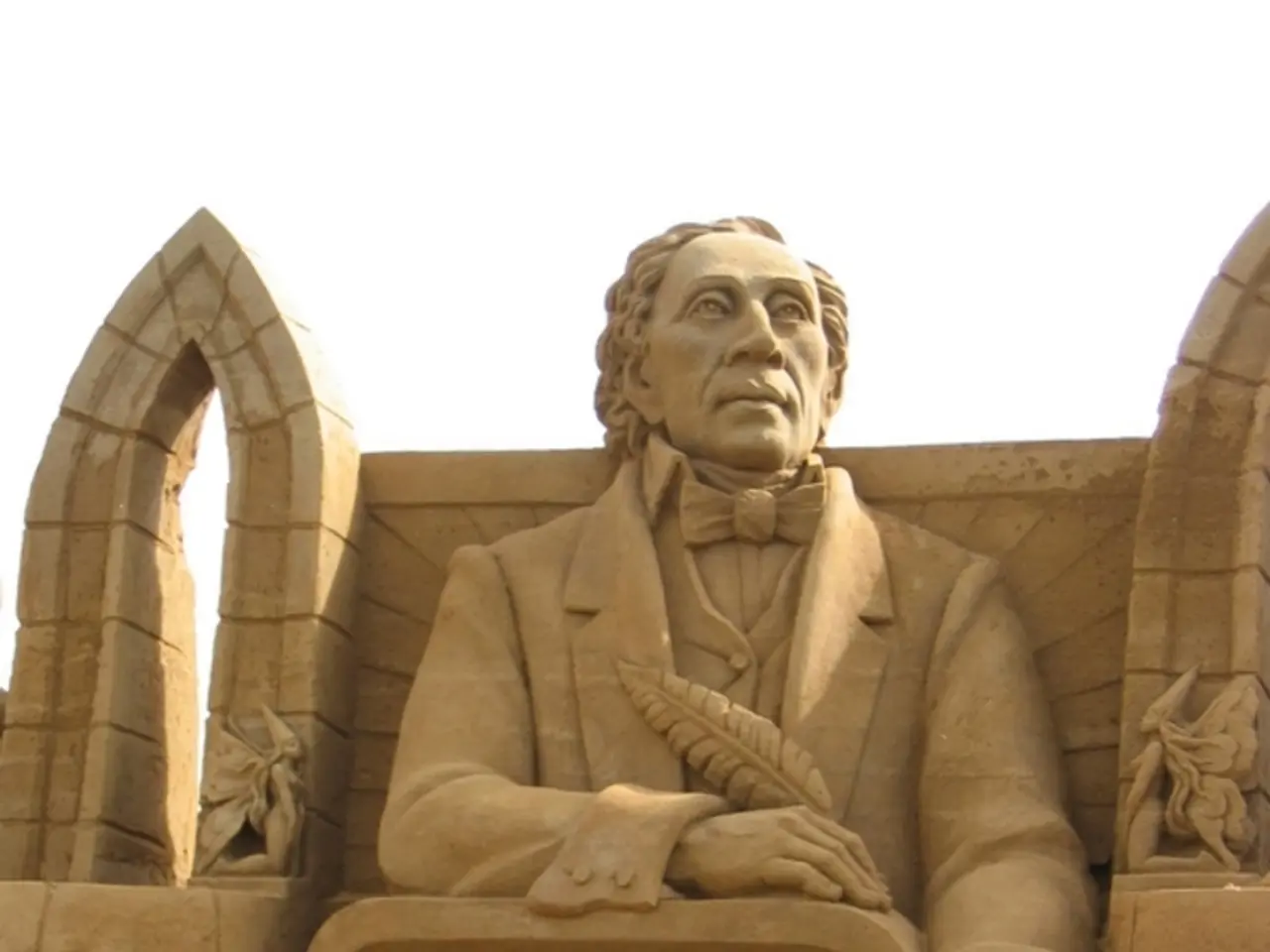Wildfire haze from Canada causes flight hold-up at Boston's Logan Airport, due to harmful smoke conditions.
Wildfires in Canada Affect Air Quality in U.S.
Hundreds of wildfires burning in Canada are causing significant air quality issues in the Upper Midwest and Northeast U.S., leading to widespread air pollution alerts in multiple states and cities.
Currently, at least 742 wildfires are burning across Canada, with at least 201 of them out of control. According to reports, at least 15 of these wildfires started on Sunday. The smoke from these fires is transported by prevailing winds into the U.S., causing hazy skies and poor to very unhealthy air quality levels.
Up to 160 million people have been under air quality alerts during peak smoke events, with cities such as Boston, New York City, Philadelphia, and many others experiencing the effects. The smoke often settles closer to the surface, directly impacting outdoor air quality and visibility, even causing operational delays in airports like Boston's Logan due to low visibility.
Exposure to wildfire smoke introduces pollutants such as fine particulate matter (PM2.5) and toxic compounds, which can cause or worsen respiratory and cardiovascular conditions, trigger asthma attacks, irritate eyes and throat, and reduce lung function. Vulnerable populations such as children, the elderly, and those with pre-existing health issues are particularly at risk.
Authorities advise limiting outdoor activities during these smoke events to reduce exposure. Extended air quality alerts, such as Minnesota’s until August 4th in 2025, highlight ongoing risk and the need for public health vigilance.
On Monday, the Michigan Department of Environment, Great Lakes, and Energy (EGLE) issued an air quality advisory. Flights at Logan airport in Boston are operating with a delay of 52 minutes due to low visibility on Monday afternoon. Air quality health advisories have been issued across New York, and Detroit was listed as having the third worst air quality among major cities in the world on Monday.
At least eight states from Wisconsin to Maine are under air quality alerts due to wildfire smoke. Unhealthy air was recorded on Monday morning in the Eastern Lake Ontario and Western New York regions. Heavy smoke is expected to run through a corridor from Green Bay to Boston on Monday, with a brief ground stop at Logan airport earlier in the day due to smoke and haze impacting operations.
In response to the situation, Rep. Jack Bergman, R-Mich., sent a letter to Michael MacDonald, a member of the Canadian Senate, urging the Canadian government to take more active steps to manage and mitigate wildfire risk. Bergman suggested that Canada should increase measures to better control wildfires by thinning forest lands and reducing fuels by conducting more prescribed burns.
The Suffolk County Department of Health Services in New York is urging residents to be cautious when exercising outdoors on Long Island. Hospitals and clinics across Bergman's district are seeing higher rates of respiratory distress, particularly among vulnerable populations such as children, the elderly, and those with preexisting conditions.
In summary, Canadian wildfires during intense seasons produce smoke that crosses into the U.S., notably affecting the Upper Midwest and Northeast’s air quality with known adverse health impacts on residents, prompting regional air quality warnings and public health advisories.
- The wildfires burning in Canada, a political matter of concern, are causing air quality issues not just within the country, but also internationally, notably in the Upper Midwest and Northeast U.S.
- The effect of these wildfires extends beyond the boundaries of the environment, reaching the realm of health, particularly with the poor air quality levels leading to respiratory and cardiovascular conditions.
- The science of weather forecasting plays a crucial role in predicting the path of the smoke, with the prevailing winds transportation of wildfire smoke into the U.S. causing hazy skies and operational delays in airports.
- Climate change and environmental science are intertwined, as the frequency and intensity of wildfires are often linked to changing global weather patterns.
- With the ongoing risk posed by wildfire smoke, it is imperative that both countries work together, engaging in political dialogue and environmental science cooperation, to find solutions such as forest land management and controlled burns to mitigate the risks and protect public health.








